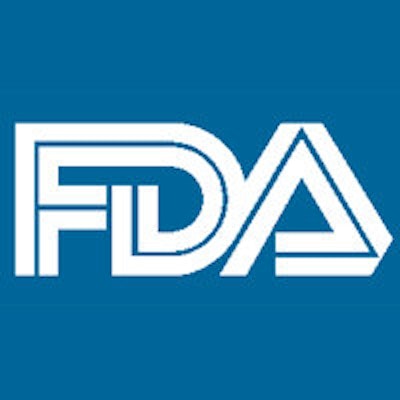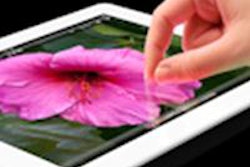
More than two years after it issued a draft proposal, the U.S. Food and Drug Administration (FDA) on Monday released its final guidance on the regulation of mobile medical applications for developers. Radiology-oriented apps figure prominently in the examples of mobile apps the agency said it intends to regulate.
With its guidance, the FDA said it has clarified that it intends to focus on a set of mobile apps that meet the statutory definition of a medical device and are intended to be used as an accessory to a regulated medical device or to transform a mobile platform into a regulated medical device. This includes image viewing as well as image processing and computer-aided detection (CAD) mobile apps, according to examples described in the guidance.
"It's not about the platform [mobile or nonmobile], it's about the functionality," said Dr. Jeffrey Shuren, director of the U.S. Center for Devices and Radiological Health (CDRH), in a September 23 conference call to discuss the new guidance.
Mobile apps subject to regulatory oversight include those that "are an extension to one or more medical devices by connecting to such device(s) for purposes of controlling the device(s) or displaying, storing, analyzing, or transmitting patient-specific medical device data," according to the final guidance.
"Examples of displays of patient-specific medical device data include: remote display of data from bedside monitors, display of previously stored EEG waveforms, and display of medical images directly from a Picture Archiving and Communication System (PACS) server, or similar display functions that meet the definition of a [Medical Device Data System]," the FDA wrote in its guidance.
Mobile apps that act as wireless remote controls or synchronization devices for CT or x-ray machines were also cited as examples of apps the FDA would regulate.
Also subject to regulatory oversight under the guidance are "mobile apps that transform the mobile platform into a regulated medical device by using attachments, display screens, or sensors or by including functionalities similar to those of currently regulated medical devices. Mobile apps that use attachments, display screens, sensors, or other such similar components to transform a mobile platform into a regulated medical device are required to comply with the device classification associated with the transformed platform."
"A mobile app that displays radiological images for diagnosis transforms the mobile platform into a class II Picture Archiving and Communications System (PACS) under 21 CFR 892.2050," the FDA wrote.
A third category of covered apps includes those "that become a regulated medical device (software) by performing patient-specific analysis and providing patient-specific diagnosis, or treatment recommendations. These types of mobile medical apps are similar to or perform the same function as those types of software devices that have been previously cleared or approved."
"Examples of mobile apps that perform sophisticated analysis or interpret data (electronically collected or manually entered) from another medical device include: apps that use patient-specific parameters and calculate dosage or create a dosage plan for radiation therapy; Computer Aided Detection software (CAD); image processing software; and radiation therapy treatment planning software," the FDA wrote. "We believe that these types of software present the same level of risk to patients regardless of the platform on which they run."
Software that performs patient-specific analysis to aid or support clinical decision-making (clinical decision-support software) is not covered by the guidance. The full FDA guidance can be found here.




















